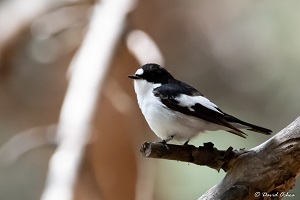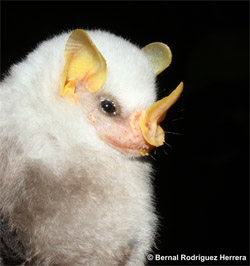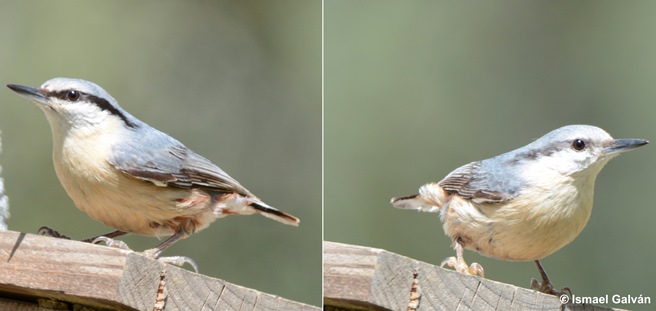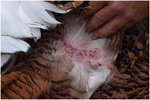One of the main resources for animals to ensure gene transmission is the development of sexual traits, as ornaments, that indicate their superior quality. In general, the most attractive individuals are also the ones with better fitness and genetic condition. As expected, they should have higher reproductive success. However, a study coordinated by the Doñana Biological Station (EBD-CSIC) and the Pyrenean Ecology Institute (IPE-CSIC) shows that a more attractive appearance could incur more fights and, therefore, less time for breeding. This work, published in the Journal of Evolutionary Biology, suggests that a duller plumage coloration in birds could imply a reproductive advantage, based on the social context.
The development and maintenance of high-quality sexual ornaments is not an easy thing. The colourful signals that indicate the attractiveness for many animals, especially birds, are costly to produce and maintain. For example, the males of the pied flycatcher, a small migrate bird, express their sexual attractiveness, as well as social status, through the dorsal colouration. This colour could vary from the dull brown to the seductive black of dominant males.
However, showing high attractiveness – with the associated costs- may not always be beneficial for breeding. For example, in a forest densely crowded with competitors, having an irresistible dark plumage highlighting the dominant status should be a success. By contrast, this new study does not support this idea. This work analysed annual breeding density data and plumage colouration for circa 2,000 males examined since 1984. Contrary to expectations, the individuals with intermediate colourations turned out to be the most benefited regarding reproductive success.
This apparent contradiction could be due to the high price that birds with noticeable signals of a high sexual and social status must pay. "The most attractive males may have better breeding territories or better females, but they are the center of attention, including competitors, at the same time. Defending their possessions can be very exhausting, reduce the time for breeding and endanger their survival", explains Nacho Morales-Mata, first author of the study. The higher spending on defense could ultimately favor males with intermediate coloration. These, despite not having the best appearance, could spend less time fighting and more time and energy raising chicks.
In short, this study suggests that depending on the social context being less attractive could be more favourable since it allows to avoid fights with other males to have more time and energy to raise fledged offspring.
Referencia del artículo:
Morales-Mata, J.I., Potti, J., Camacho, C., Martínez-Padilla, J. & Canal, D. 2022. Phenotypic selection on an ornamental trait is not modulated by breeding density in a pied flycatcher population. Journal of Evolutionary Biology, https://doi.org/10.1111/jeb.13993
https://doi.org/10.1111/jeb.13993

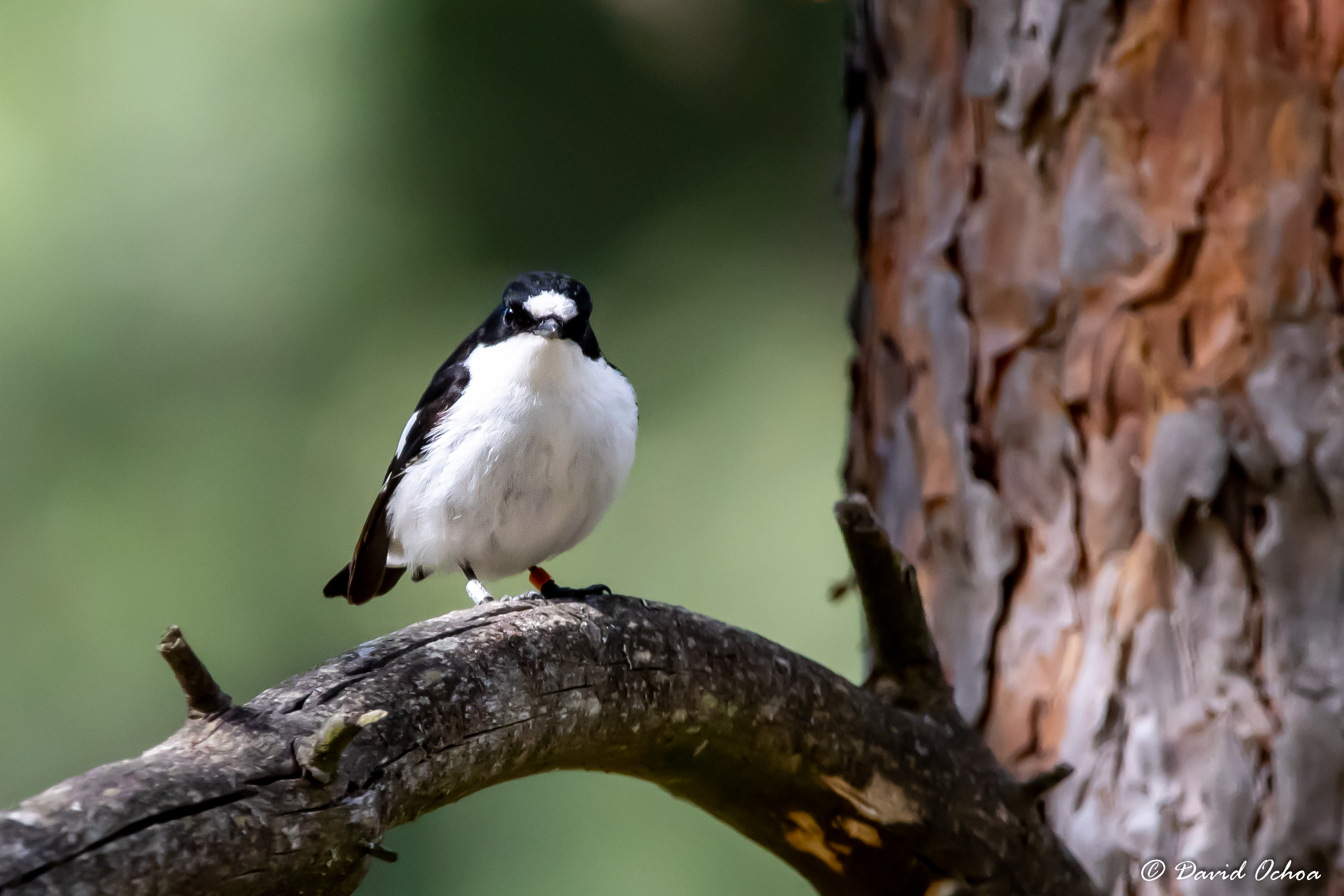
 The most attractive birds don’t reproduce more successfully
The most attractive birds don’t reproduce more successfully